Physical Vs Mental Fitness
There is but one way to live life to its fullest- being fit. Understanding the benefits of all-round fitness and knowing how active you should make it easier to improve the overall quality of your life. To help you live better, here’s how you can benefit from mental and physical exercise regardless of your age, sex or physical ability.
When talking about fitness, both mental and physical fitness come into play. More often than not, physical fitness gets plenty of attention, and for a good reason. A healthy body can counter conditions such as heart disease and diabetes, and help you maintain confidence as you age.
However, mental fitness is just as important as physical fitness, and should not be neglected in your self-betterment plans.
Mental fitness means having a brain and emotional health in tip-top shape. It may not necessarily mean training to ace an IQ test, but a series of exercise that helps slow down, decompress and boost a flagging memory.


Aerobics (cardio)
Aerobics involves maintaining an increased heart rate for an extended period of time. Types of cardio exercises include running, swimming, biking, rowing, dancing, and jumping rope.

Strength
Also called Resistance Training. It’s a physical activity with the purpose of increasing muscle strength and mass. Examples include weightlifting, dumbbell and bodyweight exercises.

Balance
This is where you activate your abdominal muscles for stability and control of your body. Balance exercises can include yoga, tai chi and stability ball exercises.

Flexibility
Bragging about how much you can bench is no fun if you have trouble tying your shoes. Flexibility saves you from tight hips, hamstrings, hip flexors and makes you as strong as you can be.

Why you need to be fit and importance of physical fitness
Weight control leads you towards fitness
Along with diet, exercise plays an essential role in managing your weight and preventing obesity. To maintain your weight, the calories you are taking must equal the energy you burn. To lose weight, you must utilize more calories than you eat and drink.
Manage your sugar and insulin levels
Exercise can reduce your blood sugar level and help your insulin work effectively. This can lower your risk for metabolic syndrome and type 2 diabetes. And if you already have one of those diseases, exercise can help you to maintain it.
Feel Happier through fitness
Exercise has been shown to improve your mood and reduce feelings of depression, anxiety, and stress. It produces variations in the parts of the brain that control stress and anxiety. It can also boost brain sensitivity for the hormones serotonin and norepinephrine, which relieve feelings of depression.
Better Mental Health and fitness
Regular exercise can have an extremely positive influence on depression, anxiety, ADHD, and more. It also relieves stress, increases memory, helps you sleep better, and boosts your overall mood. You don’t have to be a fitness fanatic to reap the benefits – browse through our site and discover how to reap these benefits.
How to Achieve Mental Fitness
Be positive with yourself and improve your fitness
Affirmation, or positively talking to yourself, involves strengthening neural pathways to bring your self-confidence, well-being, and satisfaction to a higher level. To start, make a list of your good qualities. Remind yourself that you don’t have to be perfect. Set goals for what you want to make better and start small to avoid becoming confused.
Stop Multitasking
Many think that multitasking enables you to get more things done at once, but it creates more problems than it solves. Focusing on one task at a time will improve your concentration and help you to be more productive.
Try Something Different
New practices can also set you on the way to mental fitness. You can fit new approaches into your daily life by trying new foods, new ways to accomplish routine tasks, traveling to new places or trying a new route to the grocery store.
Read More
Reading is great for your brain. Your brain processes every word you read, including this one. Beyond the mechanics, reading helps you visualize the subject matter on the pages before you, and imagine what voices sound like in the written dialogue.
This can also be a great relaxation technique
Top Fitness Tips for Mental and Physical Exercise.
General physical fitness and targeted exercises to improve stability can prevent falls. But so can staying mentally ready to maintain brain health. A sharp mind helps you to think — and stay — on your feet. Join us and learn to strike a balance.
No Results Found
The page you requested could not be found. Try refining your search, or use the navigation above to locate the post.
150 Exercises You Can Do
As a bonus, we are giving a free fitness exercise ebook to start your healthy lifestyle
Nutrient Density: Way to Healthier Life
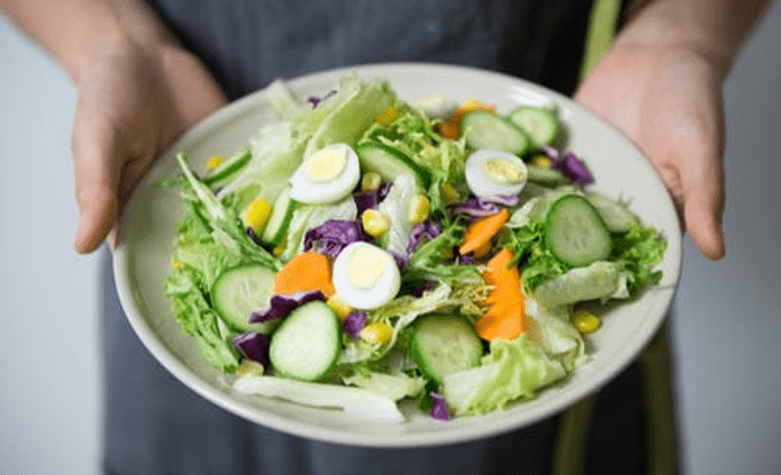
For this reason, it is crucial to boost your diet and tick every nutritional box to make you healthier and happier. While our body is capable of producing certain nutrients, it’s not programmed to synthesize carbohydrates, proteins, fats, and micronutrients.
And having a snack on the right, healthy food supplies your body with every single nutrient. Let us delve into what nutrient density is so we can learn how to get our daily dose of nutrients.
What is Nutrient Density?
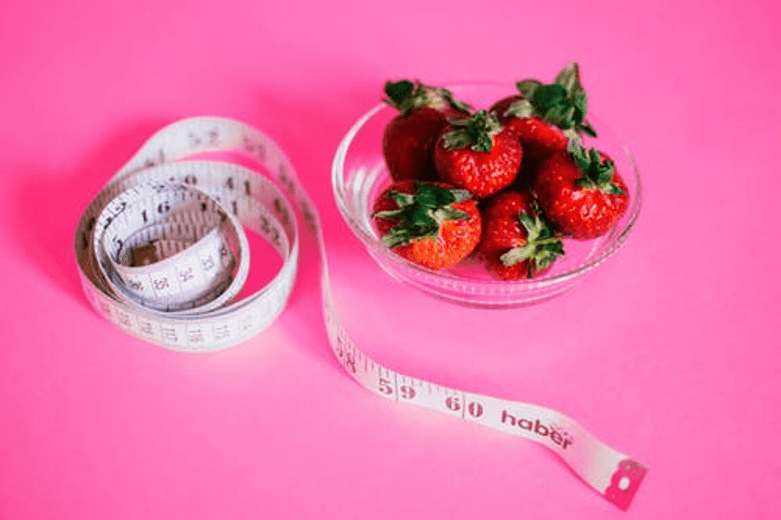
Before you jump onto the nutrient-dense food bandwagon, it is vital to get familiarized with the concept of nutrient density.
When you consider a burger and cheesy broccoli salad, you would undoubtedly choose the latter one as it is a healthier alternative. However, when you are stuck with choosing between broccoli and brussels sprout, the real pain begins as both are veggies and healthy. So, which one do you turn to? That is where the nutrient density of the food comes into the picture!
Nutrient density is the nutritive value the food provides you concerning the number of calories. In fact, several studies have revealed that food can be considered nutritionally dense when you get a maximum amount of nutrients but fewer calories from its consumption.
To know more about the nutrient content in fruits, you can read: Top 10 Low Carb Nutritious Fruits
Why is Nutrient Density Important?

Do you know that to have smooth anatomical functions like a healthy digestive system, you must get a sufficient amount of 40 varieties of micronutrient? So eating the right food will not only keep your body healthy, but it will also protect you from chronic diseases and increase your lifespan.
It might surprise you that a studyshows that the deficit of magnesium in your body is linked to depression and anxiety. Likewise, less intake of vitamin D deficiency causes cardiovascular disease, metabolic syndrome, and immune dysfunction.
That’s not all! When you suffer from conditions like gastritis, dysbiosis, and small intestinal bacterial overgrowth, your body’s nutrient requirement increases as these conditions decrease the way your intestine absorbs them from food. For all these reasons introducing and sustaining nutrient density is super important.
Benefits of Nutrient Density
Once you kick start designing your diet plan while taking maximum care of the nutrient density, you will be able to reap a myriad of benefits. And with the noticeable results in the body, switching to healthier meals and lesser processed food won’t take long. You will also witness the magic as your body recovers quickly from any illness and injury.
What’s more, you may wonder? The answer: with immense care of nutrient density, you no longer have to fret about the soaring level of high cholesterol and blood pressure. All the worries about suffering from chronic diseases like osteoporosis, diabetes, and even cancer can be kept at bay!
Moreover, you may be surprised to feel more energized than ever, even at the end of the day. Yet another perk is that with nutrient density in check, your weight will automatically be managed, and you won’t have to worry about tummy fats.
What Are High Nutrient Density Foods?

Kale
Considered as the king of leafy greens, this veggie offers you fiber, vitamins B6, antioxidants, minerals like copper, manganese, magnesium, calcium, potassium, and so on. Coming to the actual numbers, a 100 g of kale contains merely 50 calories, but 3 grams of protein and 2 grams of fiber!
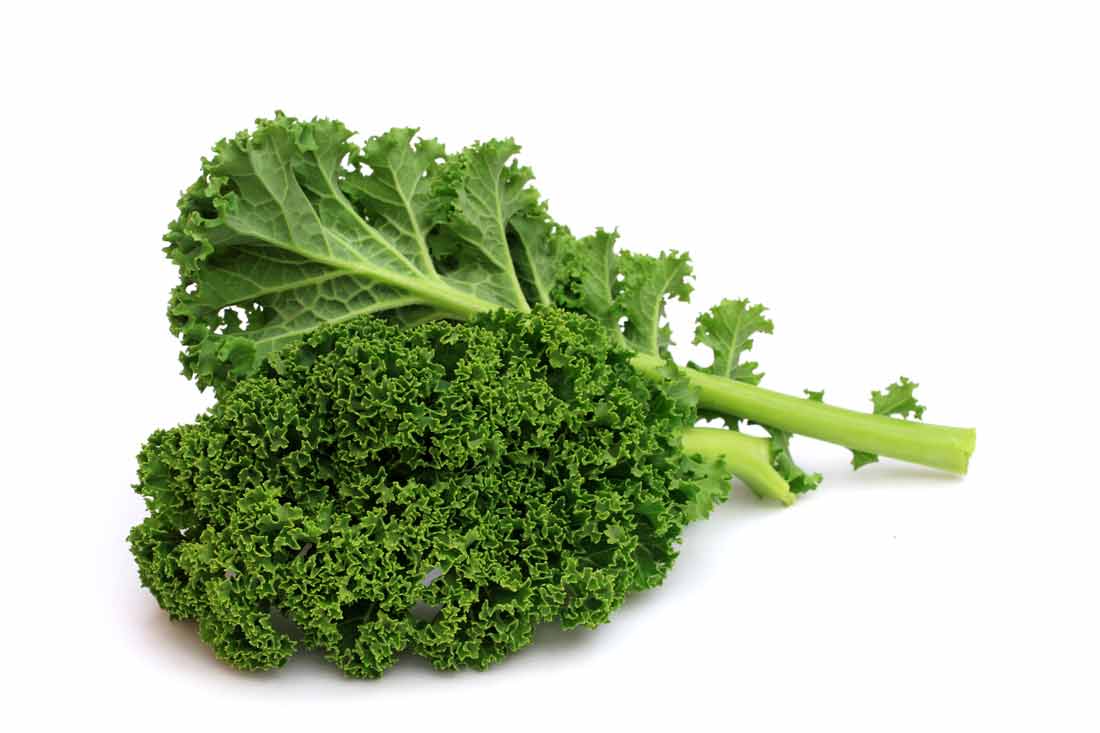
Seaweed
Seaweeds, with their anti-inflammatory, anti-oxidant properties, magnesium, calcium, manganese, and iron content, are often considered more nutritious than land plants. They improve your metabolism and burn fat with their fucoxanthin content. Also, you will not have to worry about calories as you will get calories as low as 306 from 100 gm of seaweed.
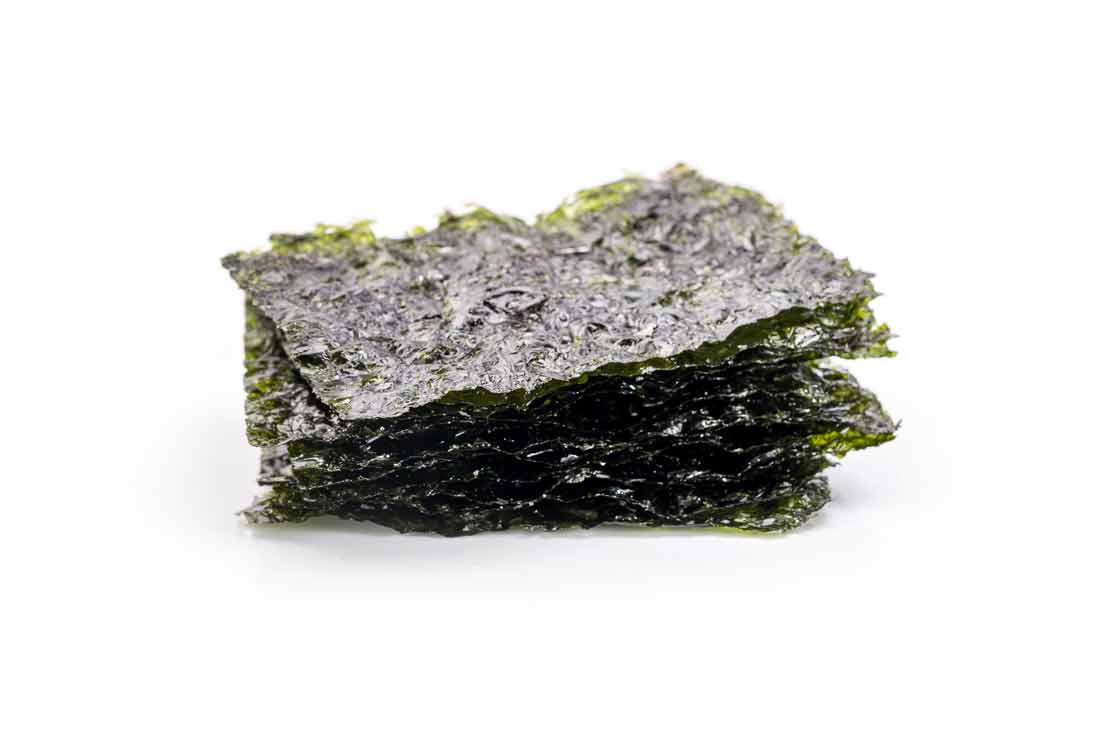
Potatoes
Being the most filling food, even 100g of potato can offer you plenty of nutrients and just about 77 calories. They can offer a bit of every essential nutrient you may need, including copper, iron, magnesium, potassium, manganese, along with vitamins B and C.
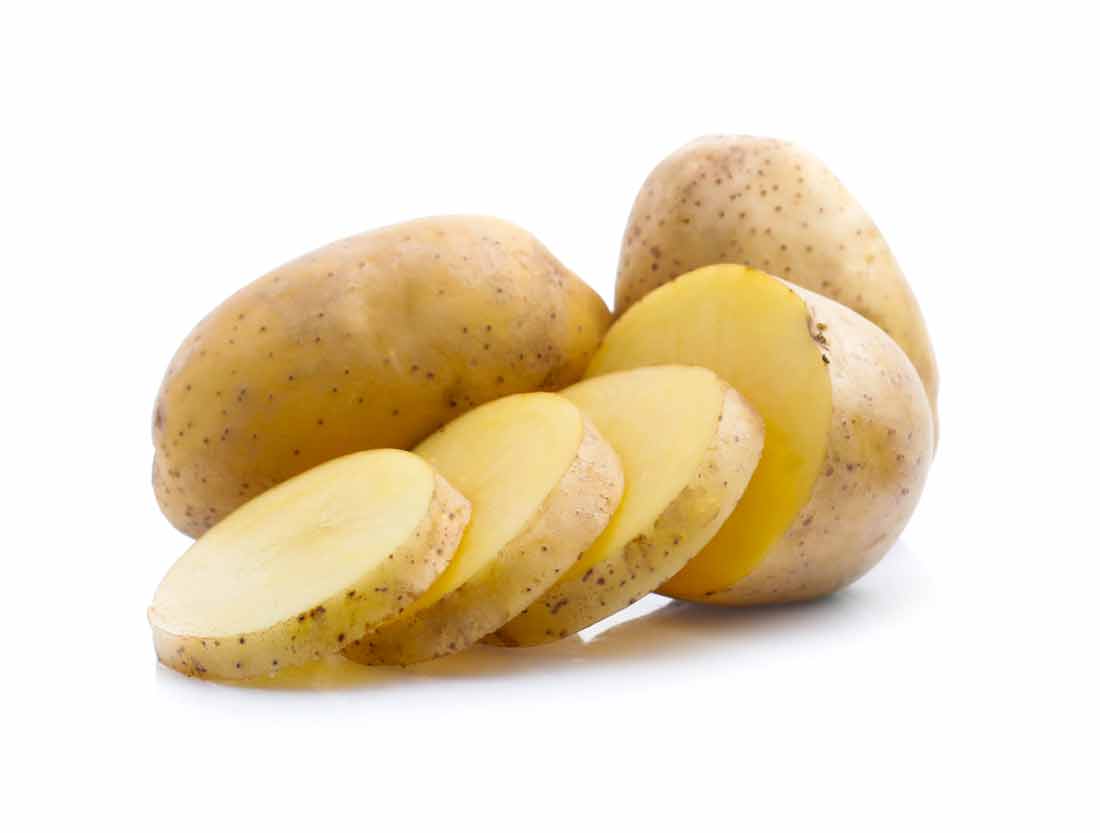
Egg Yolk
Referred to as ‘Nature’s Multivitamin,’ eggs are the most nutritious food of all. It is filled with the goodness of antioxidants, proteins, good fats, and something called choline, which helps in preventing various deadly diseases, including Alzheimer’s disease!
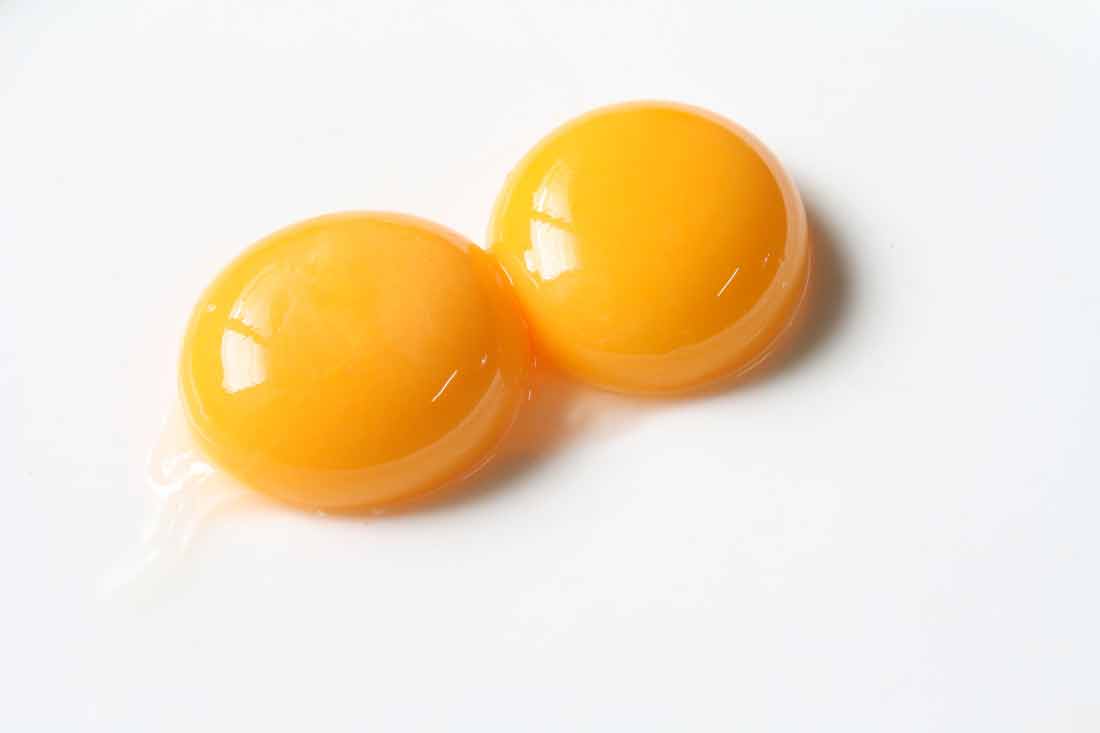
Blue Berries
Studies show that blueberries are super healthy for human brains. It can offer you powerful antioxidants, vitamins, minerals, and everything for a healthier body with only about 57 calories in 100 grams!
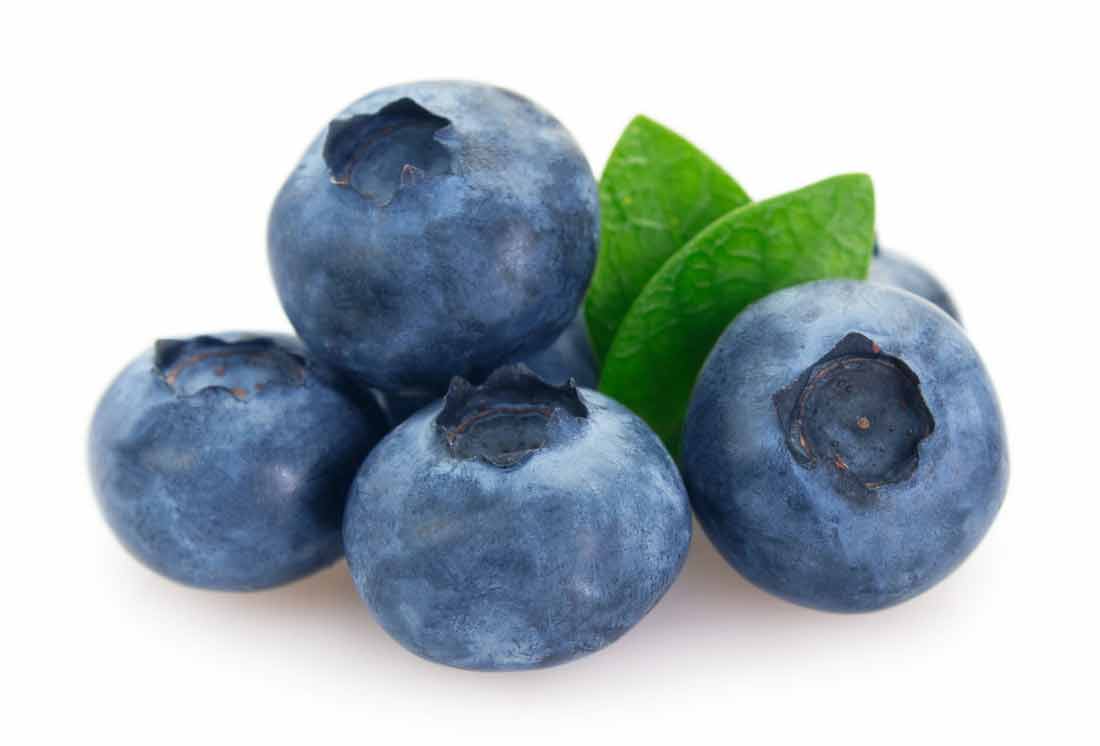
How Do You Increase Nutrient Density?
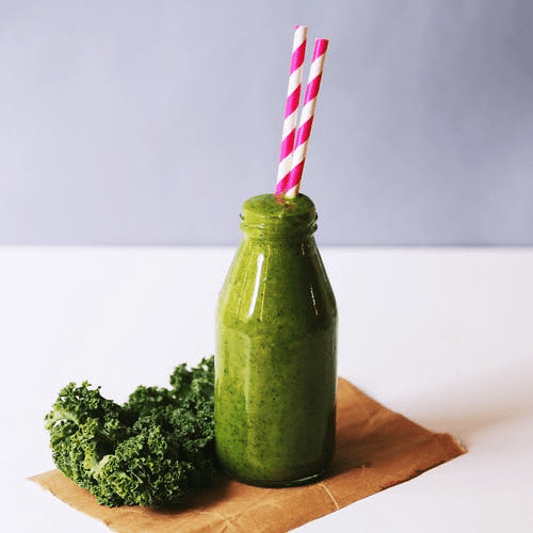
It is not easy to give up on your delicious snacks that are calorie-rich but lack nutrients. However, if you are serious about increasing the nutrient density of your body, replacing your usual beverages with juices made up of leafy greens or fruits with no added sugar should be the first step. This not only controls your calorie intake and but also prevents teeth decay.
Also, instead of oily and processed snacks that give you bad cholesterol, you can form a habit of chewing on veggies like cucumber, tomatoes, carrots, cabbages, and so on. And try not to fill your tummy with chips and bread as they will only add more calories than nutrients leading to obesity. Instead, swap them with broccoli, beetroots, carrots, pumpkin, and other veggies.
What’s more, you may ask? The answer: it’s advisable to make sure to have a side filled with healthy vegetables alongside your meals to get all the nutrients in one go. Choose colorful vegetables for your healthy recipes like purple cabbage, beetroots, kales, sweet potato, pomegranate, turmeric, and others!
For more information on to improve your diet read our blog on 2 Ways and Whys to Do Diet Break – All You Need to Know
Other Articles you may like.
Register Now
Sign up today and Get Expert Fitness Advice Right delivered right in your mail


